
Curse of Enchantia is a vibrant fantasy adventure game from Core Design that whisks players into a cartoon realm bursting with humor and intrigue. Like Monkey Island and King’s Quest, it blends clever environmental puzzles with a richly animated world, yet its silent protagonist and icon-based interface lend a unique charm. Whether you’re seeking to play on desktop or mobile, this classic invites you to explore spellbound castles, mischievous monsters, and inventive puzzle chains that still feel fresh. Step into the enchanted shoes of Brad as he battles the wicked Empress and finds his way home.
Core Design’s artistic team crafted Curse of Enchantia as a whimsical counterpoint to the grittier fare of early computer gaming. The story opens when a young athlete named Brad is yanked through a dimensional vortex and dropped into the eccentric world of Enchantia, a realm stitched together from fairy-tale fragments and Saturday-morning-cartoon logic. Players quickly discover that Brad’s kidnapping serves a dark ritual: an aging Empress seeks to siphon his youthful energy to secure eternal reign. The premise may sound menacing, yet the presentation overflows with slapstick humor, oversized sprites, and comedic set pieces.
Unlike many contemporaries that relied heavily on text, Curse of Enchantia chose a pantomime approach. Characters communicate through expressive animation and pictorial icons, freeing the narrative from language barriers and giving the adventure a universal, timeless flavor. That design decision also underlines Core Design’s confidence in visual storytelling—every gesture, prop, and background detail reinforces plot and puzzle hints without resorting to dialog boxes.
Adventure aficionados often praise the title’s cartoon artwork, noting that each location—whether a wizard’s cluttered laboratory or the sugary menace of Candyland Gulch—feels lovingly hand-painted. Animation frames teem with personality: bats juggle pastries in the background, skeletal guards trip over their own halberds, and a dragon’s sneeze sends scorched comedic chaos across the screen. Such flourishes not only entertain but also serve gameplay; attentive eyes catch crucial clues tucked inside the slapstick.
Puzzle structure sits at the heart of Curse of Enchantia’s longevity. Solutions hinge on creative object combination and environmental observation rather than obscure wordplay, making triumph approachable yet rewarding. Swapping a fish for bubble gum might grant buoyancy in an underwater cavern; donning sports gear in a potion chamber could produce unexpected alchemical reactions. These sequences encourage experimentation, echoing the playful spirit of Day of the Tentacle while retaining its own zany logic.
Core Design’s interface complements these puzzles with an intuitive icon bar that replaces verb menus. Simple pictures—an eye for examine, a hand for interact—invite newcomers while keeping the screen clear for art. The choice underscores a philosophy that adventure gaming should feel like exploring an interactive cartoon rather than deciphering a command prompt. That streamlined design means new generations can jump in without wrestling with archaic controls, reinforcing the title’s evergreen appeal.
Modern emulation technology allows fans to play Curse of Enchantia online with ease. Launching the game in a browser requires no installation, and performance mirrors the original DOS release, complete with jaunty soundtrack and crisp pixel art. Because input maps naturally to both keyboard and touch, the adventure translates beautifully to tablets and phones, letting you guide Brad through perilous dungeons or sky-high beanstalks from virtually anywhere. Free access removes barriers, ensuring that curious newcomers and nostalgic veterans alike can rediscover the game’s charm without restriction. The quick start-up also makes it ideal for spontaneous sessions—solve a room or two during a commute, then return later to continue the escapade.
Mobile play underscores just how ahead-of-its-time the icon-driven interface was. Tapping to pick up a broomstick or drag-and-drop a potion feels natural on touchscreens, proving that thoughtful design transcends hardware generations. Whether on a desktop monitor or the small frame of a smartphone, Enchantia’s bright color palette and bold character outlines remain clear and inviting.
Beyond its technical accessibility, Curse of Enchantia endures because it never talks down to its audience. The narrative balances peril and comedy, crafting stakes that feel genuine without losing buoyancy. Brad may be silent, yet his exaggerated reactions forge an immediate connection with players, who project their own quips onto his adventures. The world itself operates on dreamlike logic, allowing imaginative leaps that keep each solution surprising but fair.
Musical themes layer whimsy over tension, shifting from carnival-style tunes in the Witch’s Fair to echoing, minor-key chords in the Empress’s tower. Those melodies, coupled with sound-effect gags straight out of classic cartoons, create an audio landscape that still prompts smiles decades later. Many veterans find themselves humming the main theme unprompted, proof of its staying power.
Game historians often cite Curse of Enchantia as a bridge between text-heavy adventure classics and the fully voiced cinematic epics that followed. Its emphasis on visual narrative foreshadowed the design ethos of later animated adventures while preserving the cerebral challenge associated with the genre. As new adventurers discover its world, they join a lineage of players who appreciate that puzzles, art, and gentle parody can coexist in a single, cohesive experience.
Curse of Enchantia remains a showcase for inventive puzzle design, expressive animation, and mischievous storytelling. Simple mouse clicks—or taps—interact with objects, while arrow keys or on-screen gestures move Brad through scenes. Thanks to its icon-based commands, players rarely struggle with input, focusing instead on the joy of discovery.
All codes used to bring this timeless game to your screen are publicly available, and the property rightfully belongs to its original authors, whose creative legacy continues to inspire adventurers everywhere.
Share game
Share game
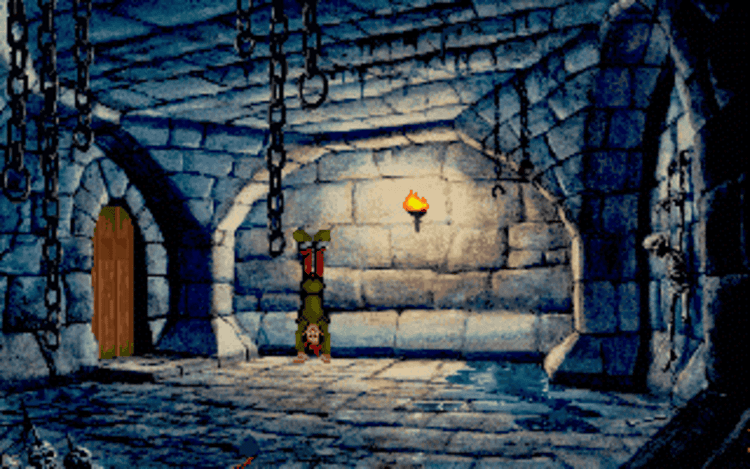
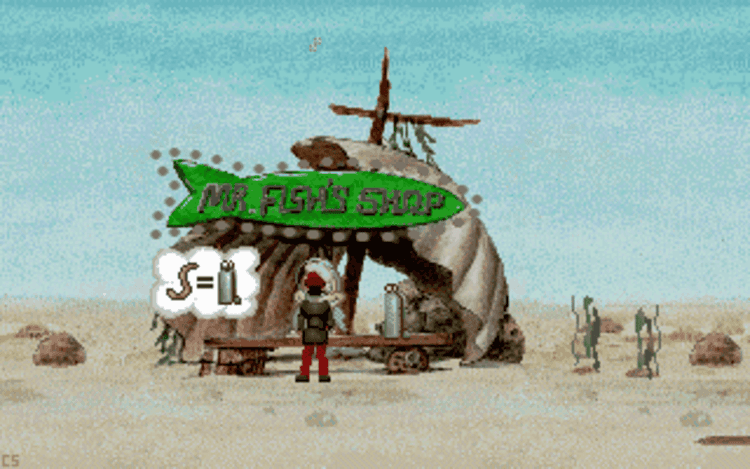
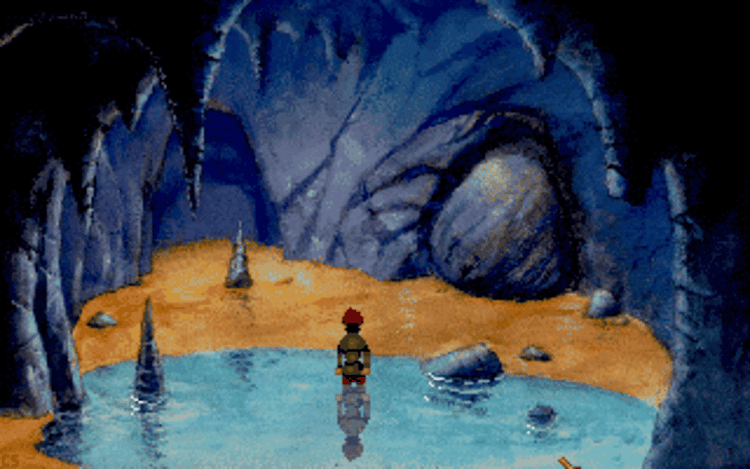
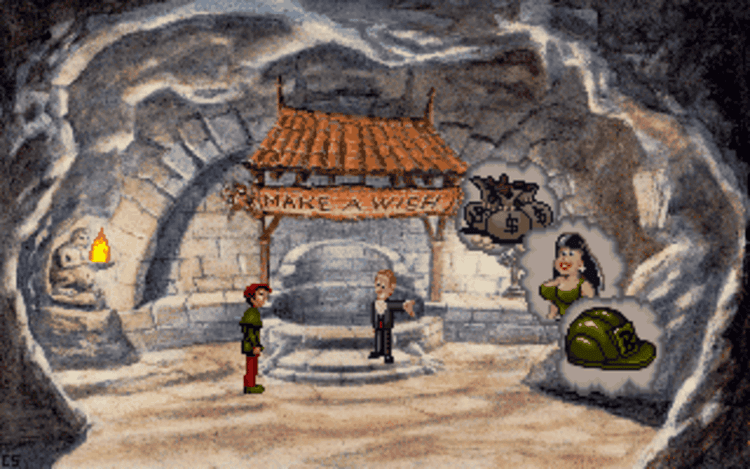
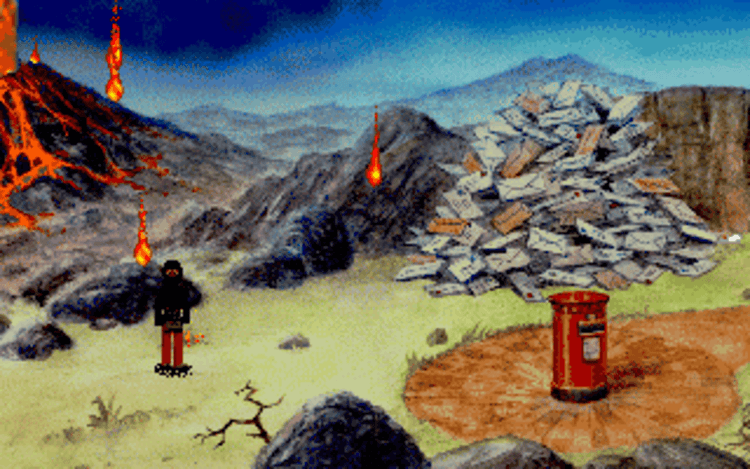
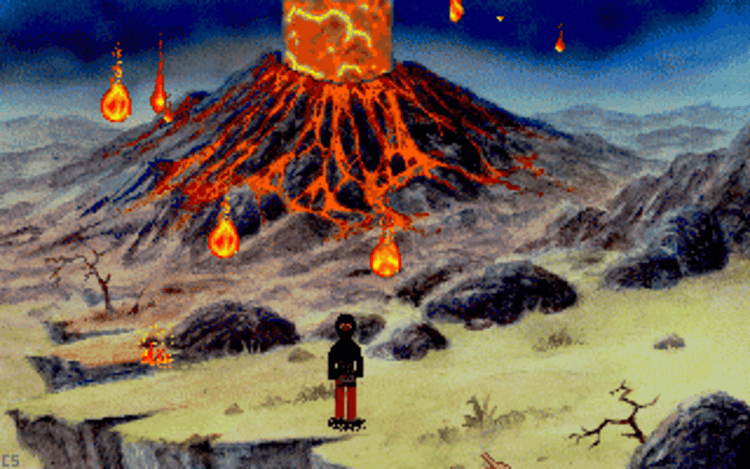
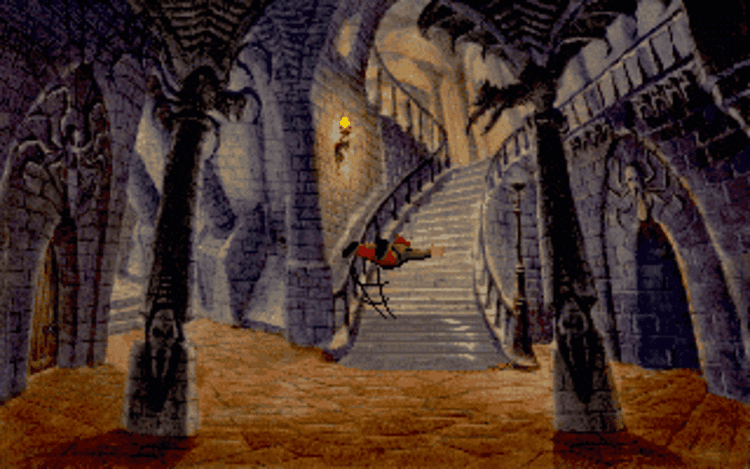
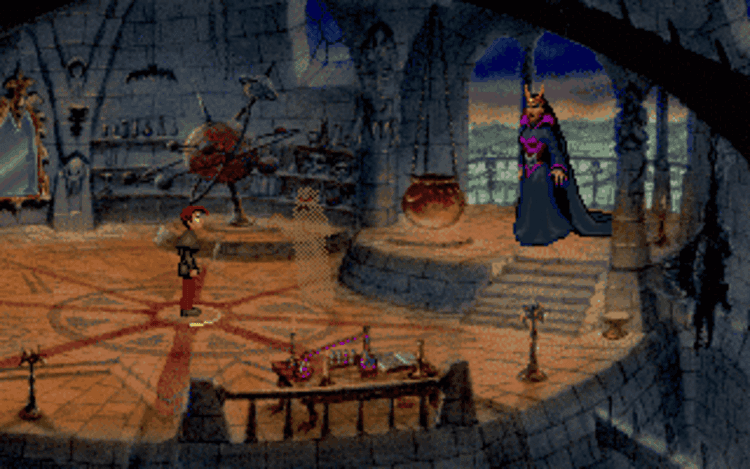
Share game